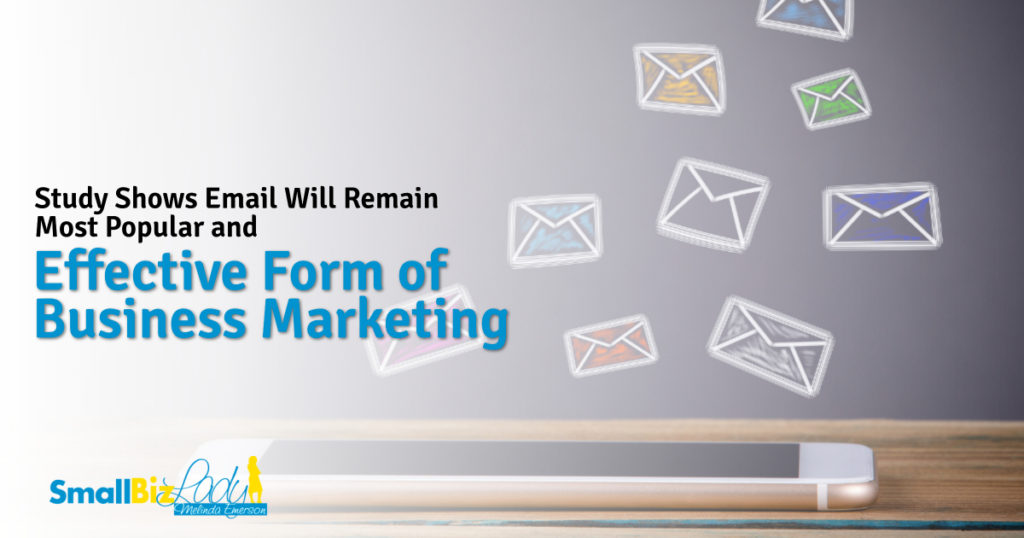 A lot of professionals point out the deliberate size of email marketing as a result of growth in social media. However, those who voice out about its ineffectiveness often leave out the fact that the strategy only breaks down due to email contents that fail to meet the recipient’s interest.
A lot of professionals point out the deliberate size of email marketing as a result of growth in social media. However, those who voice out about its ineffectiveness often leave out the fact that the strategy only breaks down due to email contents that fail to meet the recipient’s interest.
Yes, it can be challenging to get information on the segments, and according to Ascend, about 51% of marketers comment on the success of the tool as being limited by the need for relevant information regarding their contacts. But in addition to having relevant content, it must also have call-to-actions that motivate individuals to click where you want them to.
Email marketing has a lot of advantages. When utilized in a proper manner, it can influence sales, garner new customers and help keep them at bay. While with social media networks, individuals have to engage first and then become customers later.
Among its advantages is the possibility of communication through further personalized use and approach. The fact that this allows and facilitates data analysis further helps to grasp whether the company’s objectives remain in accordance with the obtained results.
To further support the growth of email marketing, the Radicati Group estimates that email users will grow up to 3 billion in 2020. These statistical indicators often leave no room for error about its potential, thus providing a very positive and undying future for email marketing.
A key factor in contributing to the growth of email is the advancement of mobile devices and subsequently its increased usage. Reportedly, two-thirds of emails are accessed via smartphones or tablets.
Email marketing also has a very little combined cost. For instance, in Mailchimp, an account allows you to send about 12,000 emails monthly to 2,000 contacts free of cost. Moreover, the paid plans are also not as expensive.
Through email marketing, one can go for several communication strategies such as:
- commercially to announce promotions and new products
- loyalty wise to promote customer-brand/company relationship
- informational campaigns intended for informing clients
- location strategy to inform people on the location regarding the physical store.
These strategies combined with relevant content helps achieve favorable results for companies.
As opposed to how things run in social media, email marketing includes a range of subscribers that are already responsive and engaged in the subjects mailed by the companies. As seen in the chart above, the majority of the marketers (57%) see great strategic success through email marketing.
In comparison, email marketing is also far more effective by about 40 times than social media platforms. Statistically speaking, there are several indicators that showcase the expanding potential of email marketing with increased click rates.
According to Channel Preferences Survey, it indicates 91% of people accessing their email once a day. It is also stated that individuals prefer receiving business information through email while reports from the Fourth Source website suggest 92% of the internet users as having an email account. That means practically everyone has an email, unlike social media accounts. This means, email still rules as far as marketing is concerned and there’s plenty of stats to back it up.
A recently conducted survey of roughly 200 marketers or so at North American brands (June 2019) from Merkle marketing agency found 68% of marketers identifying email addresses as their top priority in matters of acquiring customer data with 78% of the respondents delivering personalized email experiences using consumer data. Additionally, 52% of the marketers state email as the most valuable channel for marketing as it not only helps in gaining new customers but also retains older ones.
In another study conducted by the search engine marketing company, Ignite Visibility, small businesses with $10 – $20 million revenues invested more on email among the marketing tools. And the reason is ‘return on investment’ or ROI as about 300 respondents mentioned email to be the first one to do so. Interestingly enough, about 44% within that category stated the annual money spent on email as only around $5,000 – $15,000.
At last, it seems email is also a hit within the financial industry, or at least that’s the conclusion from the ad platform Dianomi and Gramercy Institute marketing company (financial services). According to a recent poll conducted by over 100 senior financial marketers, more than a third of them prepared to increase their cost of email marketing in 2020. Overall, financial brands are expected to increase their marketing cost by about 10% next year.
The outcome seems to be pretty clear: email continues to remain an important form of marketing. Thus, even in 2020, email marketing is far off from being seized as a marketing tool and brings several advantages along with the great potential to be probed by companies and brands. By keeping good practice at reach and well-planned strategies developed through lucrative digital marketing agencies, there will be good results.
 About the Author: Robert Jordan, a seasoned marketing professional with over 10 years of experience, currently working as Media Relations Manager at InfoClutch Inc, which offers the most sought-after technology database including SAP customers list, Oracle clients list with other services. Have expertise in setting up the lead flow for budding startups and takes it to the next level.
About the Author: Robert Jordan, a seasoned marketing professional with over 10 years of experience, currently working as Media Relations Manager at InfoClutch Inc, which offers the most sought-after technology database including SAP customers list, Oracle clients list with other services. Have expertise in setting up the lead flow for budding startups and takes it to the next level.








